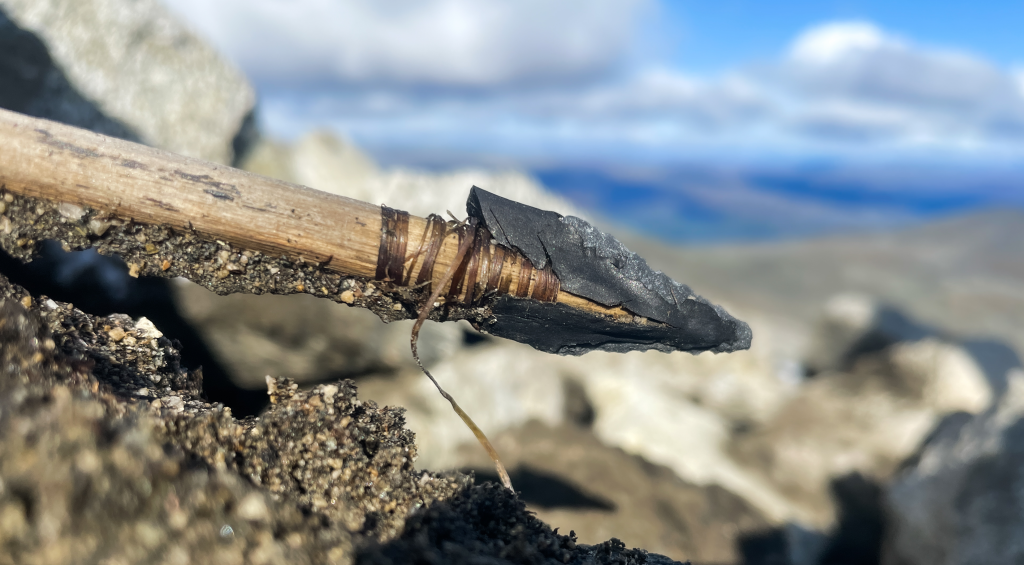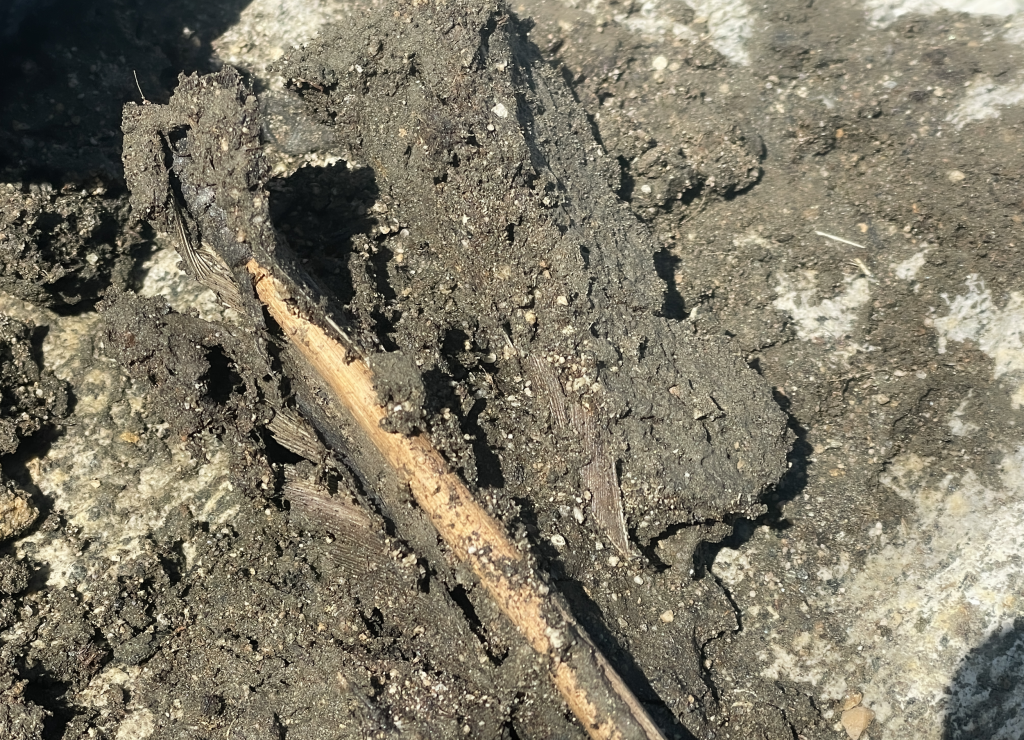Archaeology & History
Norwegian Archaeologists Are Salvaging Priceless Artifacts From Melting Glaciers—Before It’s Too Late
The team has uncovered thousands of objects in the Innlandet region, including a 3,000-year-old arrow.

The team has uncovered thousands of objects in the Innlandet region, including a 3,000-year-old arrow.

Richard Whiddington

There is surely little upside to the environmental changes posed by global warming, but nevertheless, a group of Norwegian archaeologists is seizing the opportunities presented by the country’s rapidly melting glaciers.
That group is Glacier Archaeology Program—snappy internet alias: Secrets of the Ice—and since receiving permanent government funding in 2011 it has been responsible for 90 percent of Norway’s glacial finds.
Granted, the group’s success is partly tied to the topography of Innlandet. The county boasts many of Norway’s highest peaks, and the team has pursued salvaging artefacts from remote locations in a comprehensive and systematic manner. To date, it has made 4,000 finds across 66 sites.
The most recent discovery was a wooden arrow with a quartzite tip and intact feathers. The Jotunheimen mountain ice had preserved the arrow so well it appeared new. In fact, it is an estimated 3,000 years old, with archaeologists confident it belonged to a reindeer hunter in the late Stone Age or early Bronze age. It was one of roughly 250 objects found this season.

The arrow found by Norwegian glacial archaeologists in slush. Image: Image: Espen Finstad/secretsoftheice.com.
As the arrow’s condition attests, ice is an excellent preservative, but artifacts deteriorate rapidly once exposed to the elements. And the region’s ice is retreating fast. As one of the team’s archaeologists Lars Holger Pilø tells it, the group first started rescuing artefacts in 2006 following an unusually long and warm autumn. Now, such temperatures are hardly anomalous.
“The impact of climate change on our work has been and is profound,” Pilø told Artnet News. “The mountain ice is retreating and the finds are getting older, with the greenhouse gases already in the atmosphere [we estimate] 60 to 80 percent of the ice in our mountains will disappear.” Failure to curb global emissions risks near total melting.
Glacier Archaeology Program’s job, Pilø says, is to rescue as much of the historic evidence as quickly as possible. To do so, the team sets up a summer base camp in the mountains (sometimes using helicopters and pack horses) and then combs alongside the glacier with surveyors placed at two meter intervals. It’s painstaking and often uncomfortable work, but essential if they are to save artifacts and the stories they tell.
The glacier finds have revealed a great deal about the people who used to live in the high mountains. Archaeologists are now more familiar with how arrows and skis were made and have uncovered organic materials previously absent from the archaeological record.
More generally, it has changed how archaeologists think about what life was like in the mountains. “The finds show the mountains were not remote in the past,” Pilø says. “They were used intensively and were connected to the outside world.” Unfortunately, that may soon be the reality once again.
More Trending Stories: